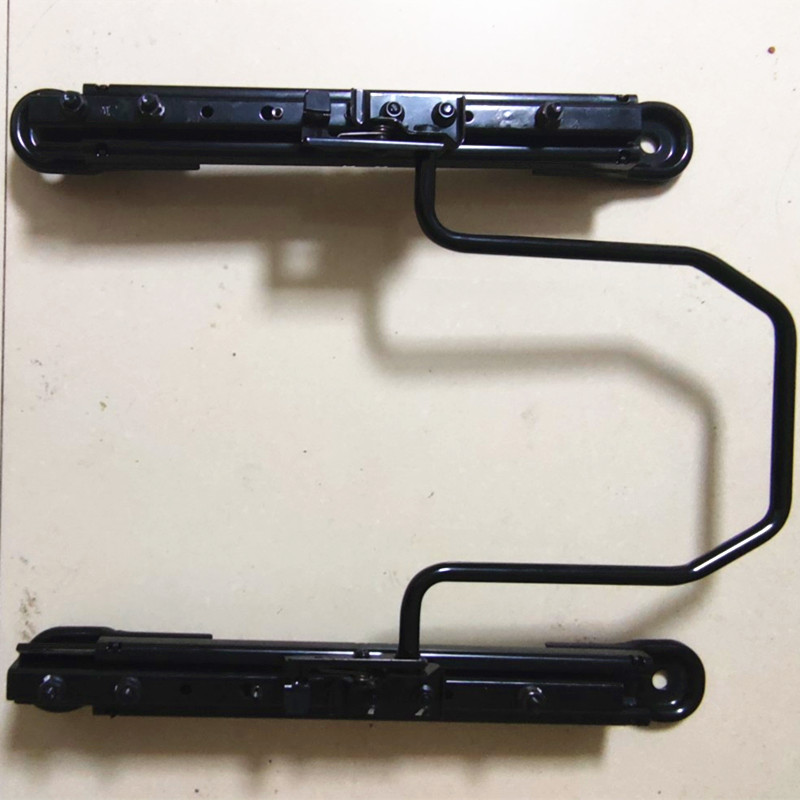Introduction to Micro Electric Vehicles
Introduction to Micro Electric Vehicles
I. Definition and Classification
- A00-Class Micro Vehicles: With an overall length ≤ 3.5 meters, curb weight ≤ 750 kg, and maximum speed ≥ 100 km/h. Examples include the Wuling Hongguang MINIEV and Changan Lumin.
- Low-Speed Electric Vehicles: With a maximum speed ≤ 70 km/h, primarily used for short-distance commuting in county-level regions and rural areas (e.g., some elderly mobility scooters). The European Union (EU) classifies vehicles with a speed ≤ 45 km/h as "micro-mobility devices" and permits their use on bicycle lanes.
II. Technical Characteristics
1. Power and Range
2. Intelligent Configuration
3. Body Design
III. Market Status
1. Global Market
2. Chinese Market
IV. Policy Support
1. International Policies
- EU: Starting from 2026, a subsidy of EUR 500 per low-speed electric vehicle will be provided, and the certification process will be simplified.
- United States: The Micro Electric Vehicle Safety Act requires vehicles with a speed of 25-40 km/h to be equipped with an ESC (Electronic Stability Control) system; qualified vehicles are eligible for insurance premium reductions or exemptions.
- Southeast Asia: Thailand allows the use of motorcycle licenses for micro EVs, while Vietnam implements zero tariffs on imported micro EV models.
V. Safety Performance
1. Crash Tests
2. Active Safety
VI. Charging Infrastructure
1. Coverage Scope
2. Rural Layout
VII. Advantages and Disadvantages
• Advantages
- Cost-Effectiveness: The usage cost is as low as RMB 0.04 per kilometer, and the annual maintenance cost is approximately RMB 3,500, which is only 1/5 of that of fuel-powered vehicles.
- Flexibility: With a turning radius ≤ 4 meters, it can easily cope with urban traffic congestion and narrow streets.
- Environmental Friendliness: It achieves zero emissions; when charged with renewable energy, it can realize full-life-cycle carbon neutrality.
• Disadvantages
- Range Limitation: The range of mainstream models is ≤ 300 km, so long-distance travel relies on the fast-charging network.
- Low-Temperature Performance: The range of lithium-ion batteries attenuates by approximately 30% at temperatures below -10°C, while sodium-ion batteries can reduce this attenuation to 15%.
- Charging Waiting Time: Slow charging takes 6-8 hours, and some old residential communities face power capacity restrictions for installing private charging piles.
VIII. Future Trends
1. Technological Breakthroughs
2. Market Expansion
3. Industrial Upgrading
Conclusion
Relying on high cost-performance, flexibility, convenience, and policy dividends, micro electric vehicles have become a mainstream choice for urban short-distance travel. With breakthroughs in battery technology and the improvement of charging networks, their application scenarios will extend from commuting tools to intelligent mobile terminals. In the future, micro EVs will not only serve as an important support for the "carbon neutrality" goal but also drive the global automotive industry toward miniaturization and intelligent transformation.
Contact information:
Cangzhou Huayang Car Accessory Co.,Ltd.
WhatsApp/WeChat/Kakao talk/MB:+86 15030709203
Tel: +86 15030709203; +86 18733045230
QQ: 2761741790
Email: sales@hycaraccessory.com
ceo@hycaraccessory.com
sales@yiduspace.com
2761741790@qq.com
Website: www.hycaraccessory.com





